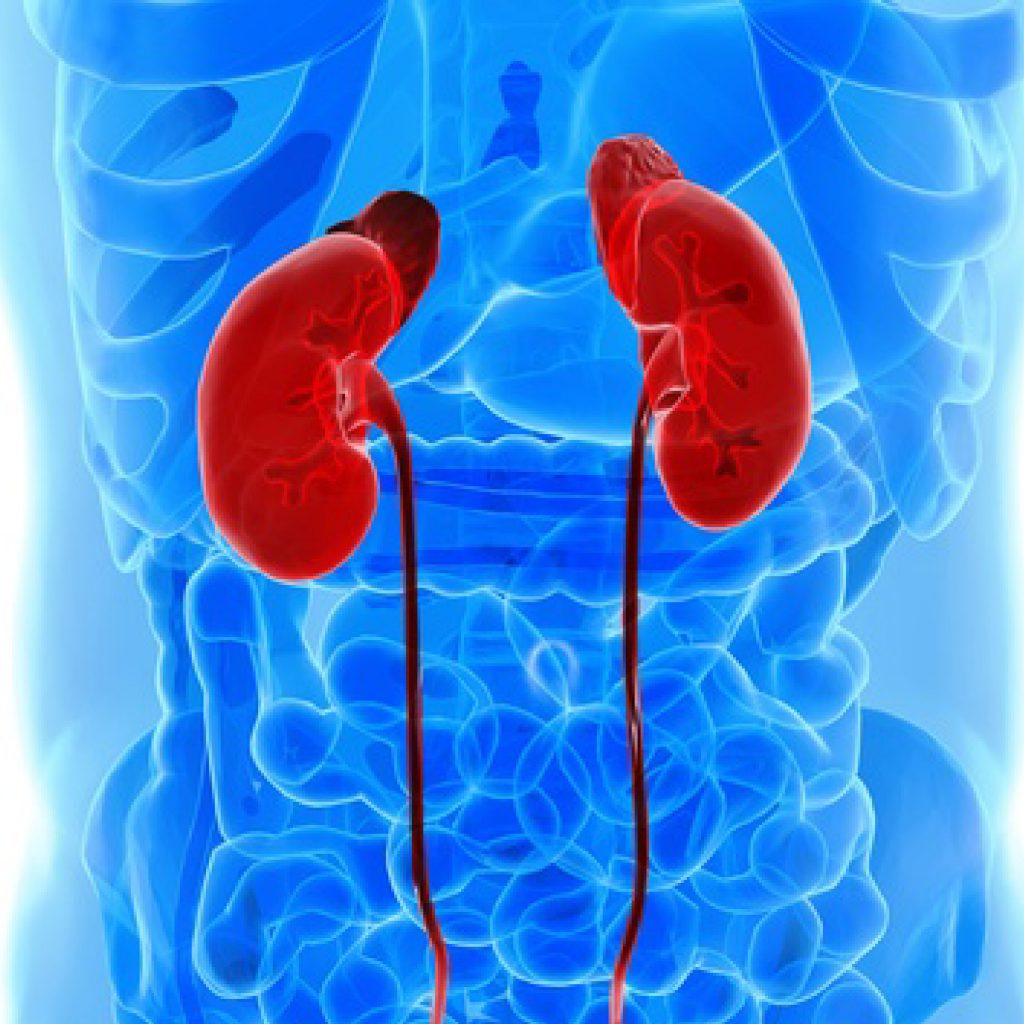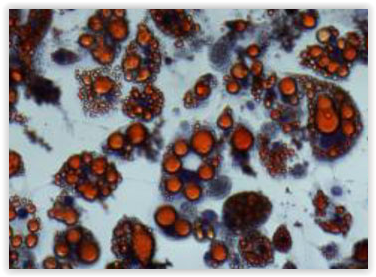Renal injury can sometimes be induced by drugs. Some examples of renal damage-inducing drugs include some widespread treatments, such as ß-Lactam antibiotics, bisphosphonates, non-steroidal anti-inflammatory drugs, diuretics, aminoglycoside antibiotics, antineoplastic agents and radiocontrast agents.
Since 2008, both the FDA and the EMEA indicated that additional tests may be necessary to assess new drug safety and prevent from renal toxicity. Though these recommendations are voluntary, many pharmaceutical companies have started gathering data on nephrotoxicity biomarkers.
Many new protein biomarkers for investigating renal injury have been found over the last decade. Still more research is needed, but some research tools have already demonstrated their utility (ex. Acute injury Antibody Arrays from RayBiotech). Profiling of new biomarkers at protein level may be necessary to get a better understanding of the renal injury, allowing to improve the monitoring, and hence, the quality of life of patients. As an example, the Glass Slide L-Series Human Antibody Array 1000 Assay Kit enables the profiling of 1,000 Human Proteins in serum, plasma or cell culture supernatants.
miRNA could also be new potential biomarkers for Acute Kidney Injuries, as their main interest lies in the fact that miRNA is present in urine (either in free form or associated with exosomes), allowing to study and monitor biomarkers in a non-invasive way. However, there are not many studies in this area, and new profiling projects may be necessary with biologically-relevant miRNA platform (ex. Toray’s 3D-gene technology).
In addition to “array-based” protein or miRNA profiling methods, other techniques enable the monitoring of biomarkers associated to renal injury. This is the case with Blood Urea Nitrogen (BUN), Cystatin C, Retinol Binding Protein, Ceruloplasmin, serum creatinine, Glutathione S-transferase and inflammation-related markers such as Prostaglandin E2 to name but a few.
What about you? Which type of biomarkers are you investigating? Do you perform your assays in your laboratory or do you outsource your miRNA and protein biomarker analysis to contract service providers such as tebu-bio? (see 3D-Gene miRNA profiling services and protein profiling and quantification).
Leave your comments below!

Interested in learning more about tools like this?
Subscribe to thematic newsletters on your favourite research topics.



